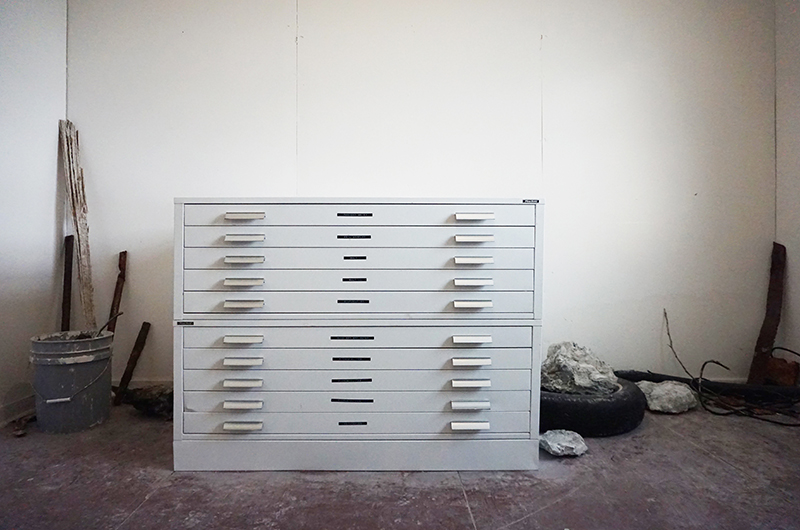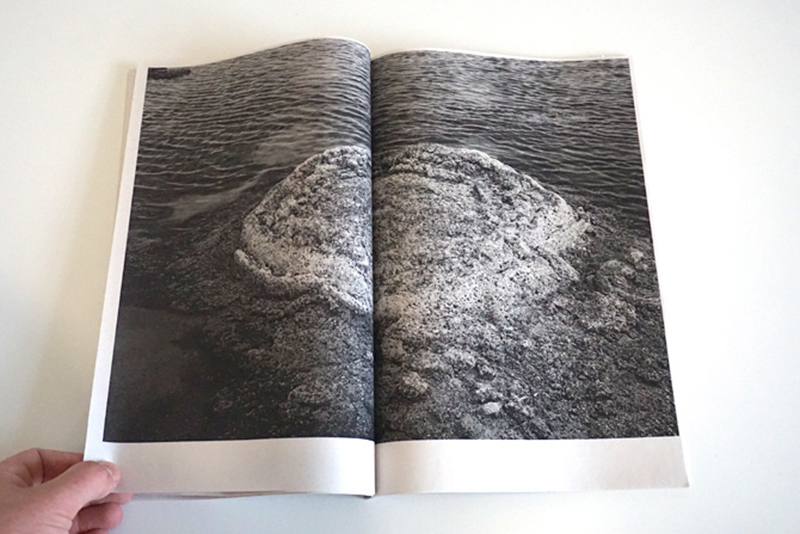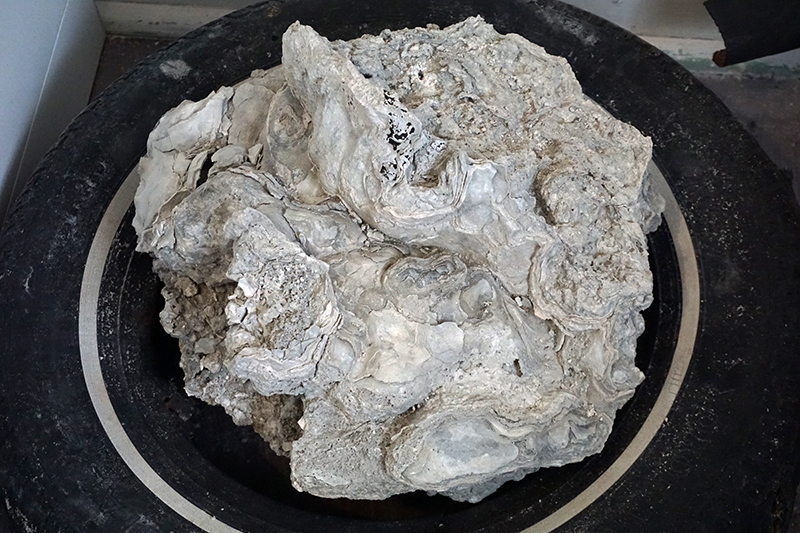


Codex Gunnison is an artistic mediation of the northern extremes of the Great Salt Lake. Known as Gunnison Bay, this remote landscape is an apparently lifeless expanse of salt flats, otherworldly hues and indecipherable material accretions. It is also home to Robert Smithson’s seminal land art installation Spiral Jetty.
Smithson describes the bay’s waters as a “pulpy protoplasm” and an “antediluvian ocean” that conveys a sense of “modern prehistory”. The description is remarkably accurate given how little was known about the bay’s ecosystem during Smithson’s lifetime. Gunnison Bay was formed in the mid-20th century by the construction of a causeway, and its anthropogenically-induced hypersaline waters support large communities of algae and bacteria, but little else. According to scientists that study Gunnison Bay, the resulting ecology is valuable because it offers a glimpse of how life may have formed on Earth nearly 4 billion years ago. It is a prehistoric landscape resurrected through the mechanisms of modernity. And so while Smithson portrays Gunnison Bay as the conceptual equivalent of a primordial soup - a generative morass from which his artistic act arises - scientific findings suggest that its biology also functions as such.
To modern eyes, Gunnison Bay is an undeniably alien ecosystem , and no aspect of this place represents the ontologically destabilizing quality of which Smithson writes better than microbialites. Microbialites can grow over 30 feet tall and live for over 10,000 years and were once a dominant life form on this planet. They are so exceptionally rare in the modern world that microbiologists have yet to develop a formal means of classifying their formations, and Gunnison Bay is one of the few places on the planet where these ancient organisms persist. Being part bacteria, part geological feature, microbialites inhabit the liminal space between living organism and inanimate matter and, as such, implicitly undermine the supposedly binary relationship between these phenomena. Examining microbialites reorganizes our understanding of the biotic/abiotic divide in Gunnison Bay and introduces a unique line of questioning that necessarily alters our perception of the bay landscape: To what degree are microbialites alive? Where does living organism end and inanimate stone begin? Is Gunnison Bay’s ecosystem less a collection of discrete organisms and more an interpenetrating flow of life forces between diverse material conditions? Would this imply that Gunnison Bay is a supraorganism? The goal of this project is to account for the unaccounted, to embrace those aspects of Gunnison Bay that resist classification and categorization and to - in Smithson’s words - “provide a concrete consciousness for the present as it really exists”.
Codex Gunnison is currently on display at the Center for Land Use Interpretation in Wendover, Utah






